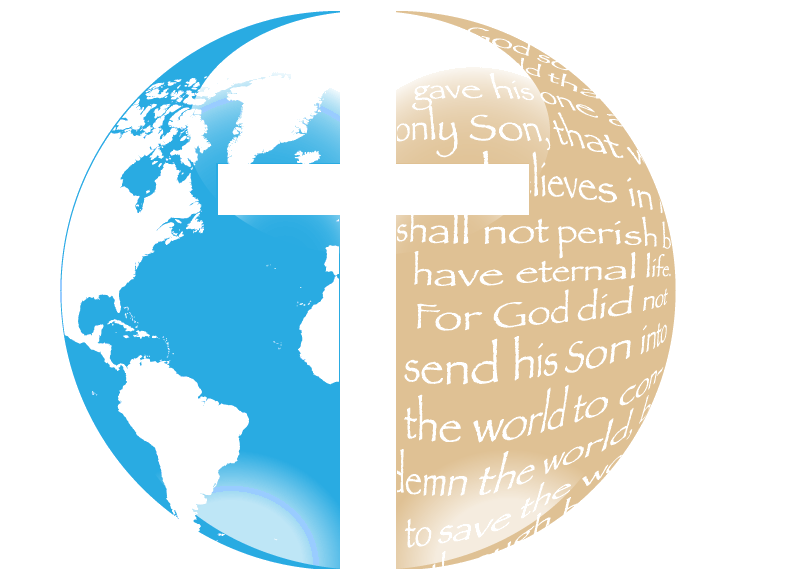Free versus Slave Under the Law pt. 1
Tell me, you who want to be under the law, don’t you hear the law? 22 For it is written that Abraham had two sons, one by a slave and the other by a free woman. 23 But the one by the slave was born as a result of the flesh, while the one by the free woman was born through promise. 24 These things are being taken figuratively, for the women represent two covenants. One is from Mount Sinai and bears children into slavery—this is Hagar. 25 Now Hagar represents Mount Sinai in Arabia and corresponds to the present Jerusalem, for she is in slavery with her children. 26 But the Jerusalem above is free, and she is our mother. (Galatians 4:21-26)
In this final argument that Paul uses against the Judaizer’s claim of legalism in order to be saved, Paul uses an allegory focused on Abraham and his two children from two different women, Sarah and Hagar. For background, the Lord promised to Abraham that he would have numerous descendants, but Abraham doubted this would happen, since his wife, Sarah, was of old age. In Genesis 16, Sarah went to Abraham and offered her slave, Hagar, to be another wife to Abraham and have a child with her, to which Abraham agreed. From Hagar, Ishmael was born. Later, in Genesis 21, the Lord did what he promised and even at an advanced age, Sarah became pregnant and had Isaac.
Bible commentator Max Anders gives some insight into this allegory: “Isaac was born of the free woman, Sarah, and represents grace. Ishmael was born of the slave woman, Hagar, and represents the law.” One came from human means, while the other from the supernatural and was promised by the Lord. In verse 24, these two children represent “two covenants,” one of the law of Moses, “from Mount Sinai and bears children into slavery,” meaning that under the law, we are slaves to it; and inversely, the other covenant, “the Abrahamic Covenant,” which leads to freedom and grace, being fulfilled in Jesus Christ.
Finally, in verses 25 to 26, Paul compares the two women as two Jerusalems. “Hagar represents Mount Sinai in Arabia and corresponds to the present Jerusalem,” meaning that they are still slaves under the law. Yet, Sarah represents “the Jerusalem above,” meaning the future heavenly city of God, where believers who are saved by grace will go and are eternally free.
Blessings,
Isaac De Guzman



Comments